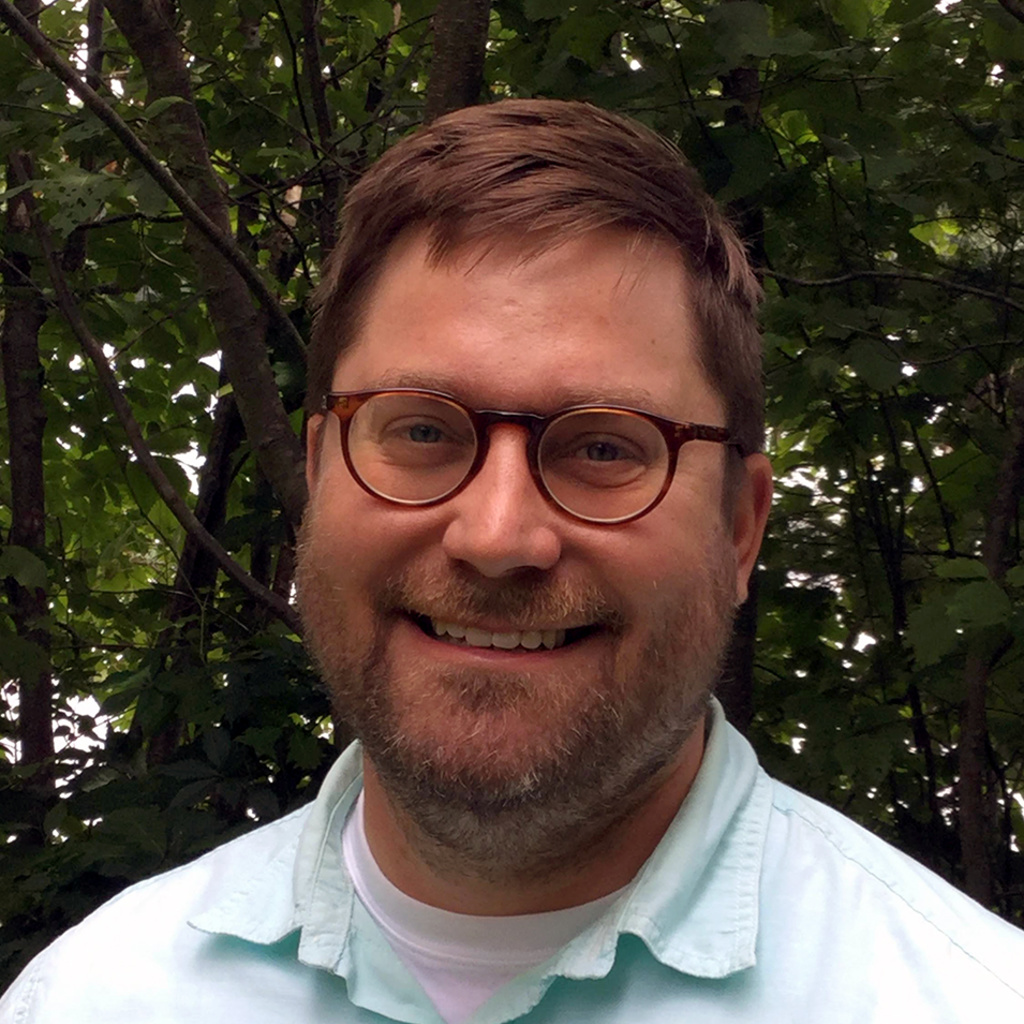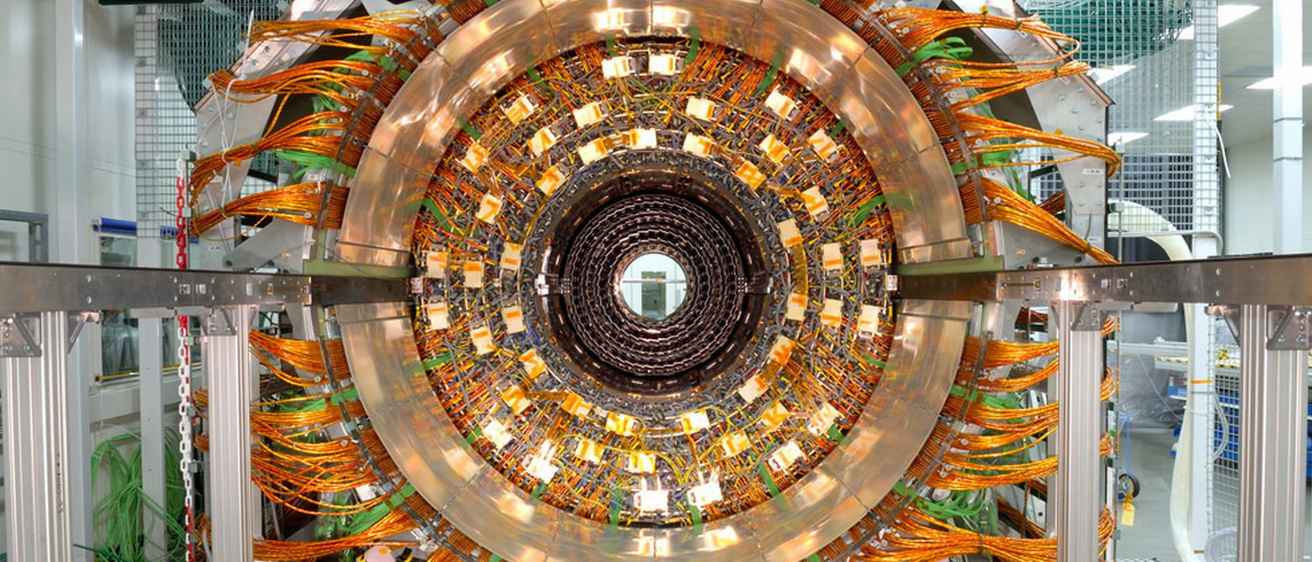Main navigation
Nuclear physics is the study of atomic nuclei, their constituents, and the interactions that hold them together. Nuclei are the massive cores at the center of atoms and are made up of protons and neutrons (hadrons) which determine the element identity and isotope, and some of the radioactive processes. Nuclei make up most of the visible mass around us, and are critical to the inner workings of stars, the origin of chemical elements, and the early universe. The hadrons themselves are composites of more fundamental particles known as quarks and gluons and their interactions lead to the strong nuclear force that provides the binding force to hold protons and neutrons near each other. This is mathematically described in the theory of quantum chromodynamics (QCD). Nuclear physics has numerous important applications in medicine, the military, materials engineering, industry, biology, geology, and archeology.
Particle physics grew out of nuclear physics and is the study of the elementary building blocks of matter, radiation, and their interaction. The fundamental particles include not only the hadrons but also leptons such as electrons and neutrinos. The force carriers are the photon, the gluons and W and Z bosons. The Standard Model of Elementary Particles mathematically describes the forces of matter in the universe (viz electromagnetic forces, the strong nuclear force, and the weak nuclear force) in an astoundingly precise way. On the other hand, Einstein’s theory of General Relativity explains the gravitational force (the fourth force) only for macroscopic matter but not at the quantum level. The Standard Model of Elementary Particles does not adequately explain quantum gravity. String theory is the leading quantum theory of gravity. The Standard Model has held up to nearly all experimental tests to date but is still considered inadequate by most particle physicists as it does not explain the origin of masses as well as dark matter and dark energy. Measurements of neutrino mass have provided the first experimental deviations from the Standard Model of Elementary Particles and recent observations show that 95% of the of universe is composed of dark matter and dark energy, which is in good agreement with the Standard Model of Cosmology, but this matter does not fit into the Standard Model of Elementary Particles.
Experimental HEP faculty in our department are involved in CMS and ATLAS (one emeritus faculty and student on ATLAS), which are large detectors employed at the Large Hadron Collider (LHC) in CERN, where they study the Higgs boson, and search for dark matter. Experimenters work on hardware upgrades for the LHC and are involved in their use for measurements and data analysis. Some of the construction work is done at institutions such as Fermilab and CERN. They are also involved with the Deep Underground Neutrino Experiment (DUNE), which seeks answers to the origin of matter, unification of forces, and black hole formation. Theorists investigate known theories through extensive calculations and work to discover new theoretical framework that extends beyond the Standard Model of Elementary Particles and the Standard Model of Cosmology. They investigate quantum chromodynamics to understand nuclear matter under extreme conditions and nuclear reactions; search for physics beyond the Standard Model of Elementary Particles; develop the use of quantum computers to study aspects of the strongly interacting particles, the quantum behavior of gravitational systems, and the emergence of space-time; calculate neutrino cross sections and scattering to understand neutrino signals from astrophysical objects and neutrino measurements; and work on gravitational theories and string theory to understand cosmology, the origins of dark energy and dark matter as well as bridge quantum mechanics and gravitational theories.
Experimental HEP faculty have also been involved in the Nuclear Physics Program of the CMS Detector for the Heavy Ion studies. In addition there is also involvement in Medical Physics (Cancer Therapy) and instrumentation, and in modeling and theory for astroparticle physics research for the Extreme Universe Space Observatory Super Pressure Balloon 2 (EUSO-SPB2), the proposed balloon project POEMMA-Balloon with Radio (PBR) and satellite project POEMMA.
Advanced graduate courses are offered in quantum field theory, general relativity, cosmology, quantum gauge theories, particle physics, Lie algebra theory for physicists, quantum computation, and experimental methods in nuclear and particle physics. A weekly seminar is held for mathematical physics, and another on topics in nuclear and particle physics.
Nuclear and Particle Physics faculty

Mary Hall Reno, PhD

Matheus Hostert, PhD
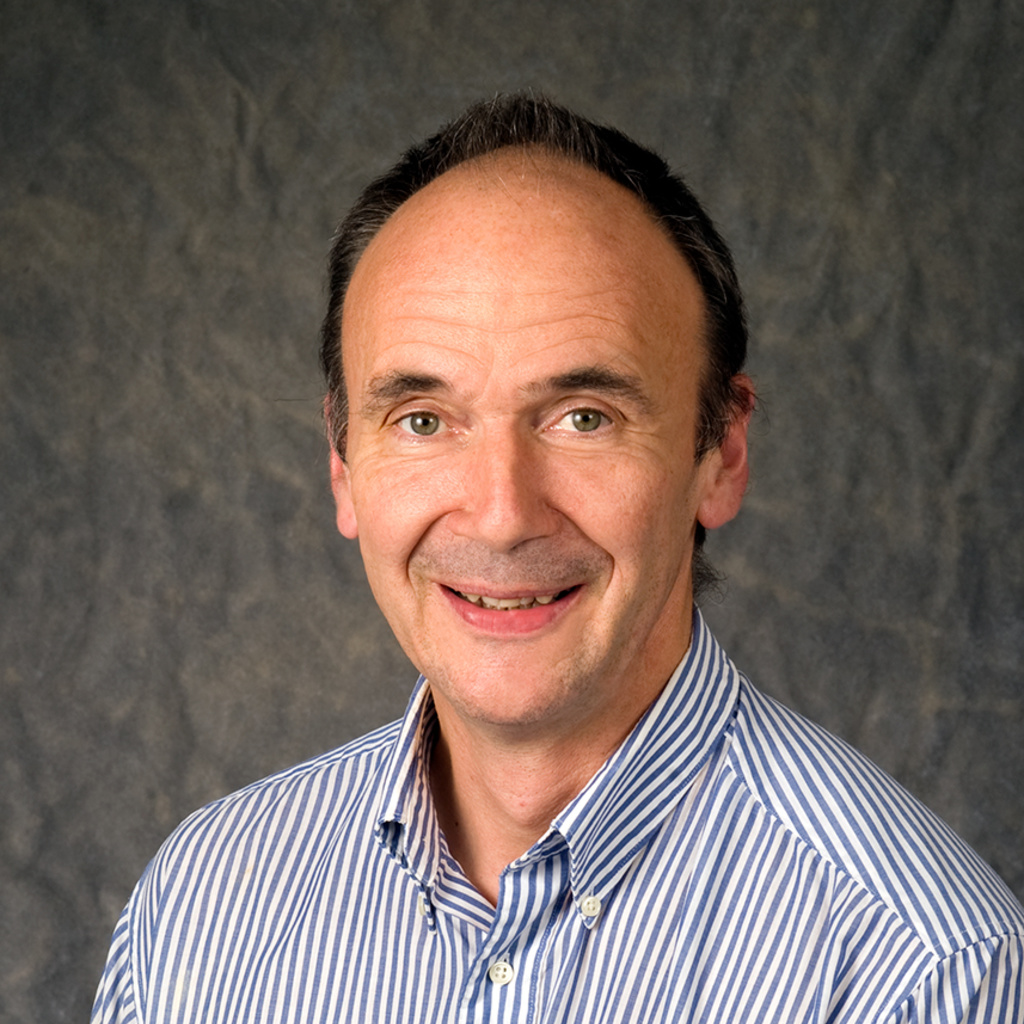
Yannick Meurice, PhD

Jane M. Nachtman, PhD
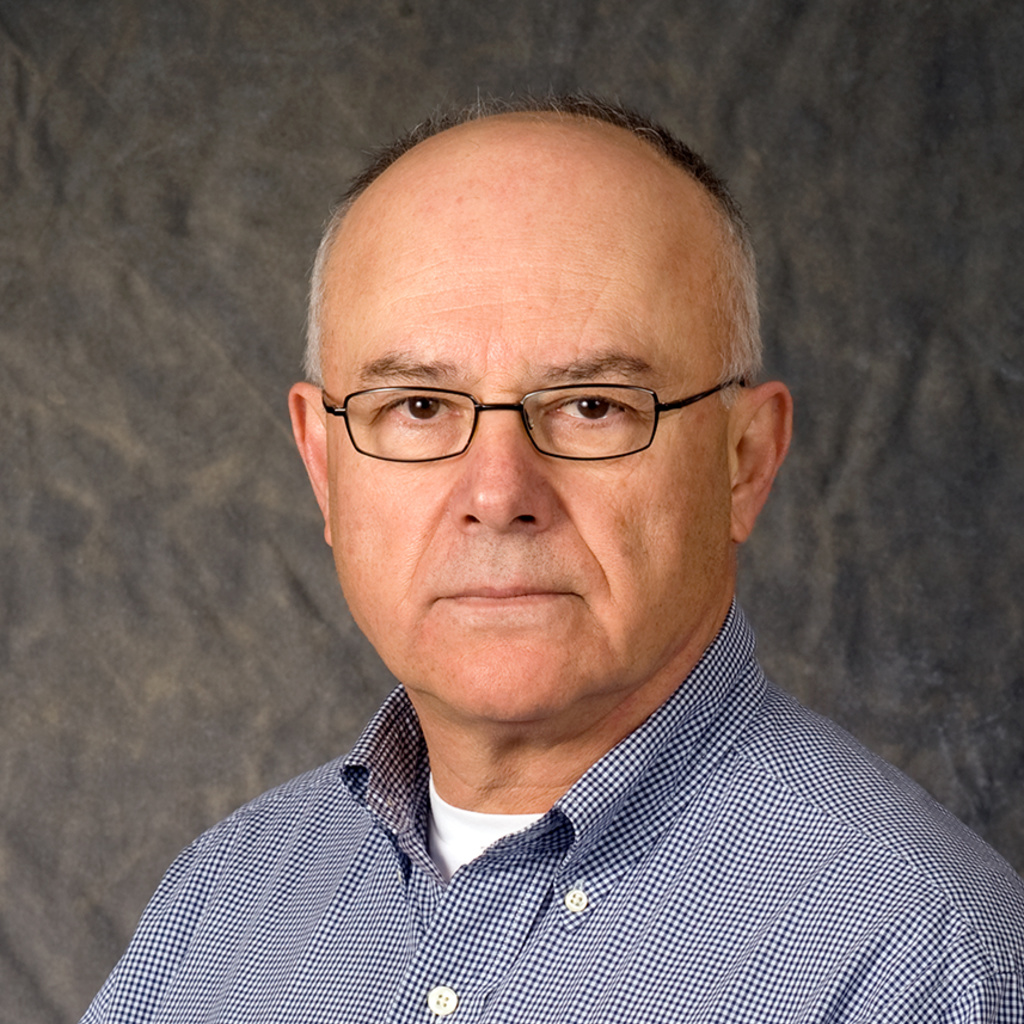
Yasar Onel, PhD
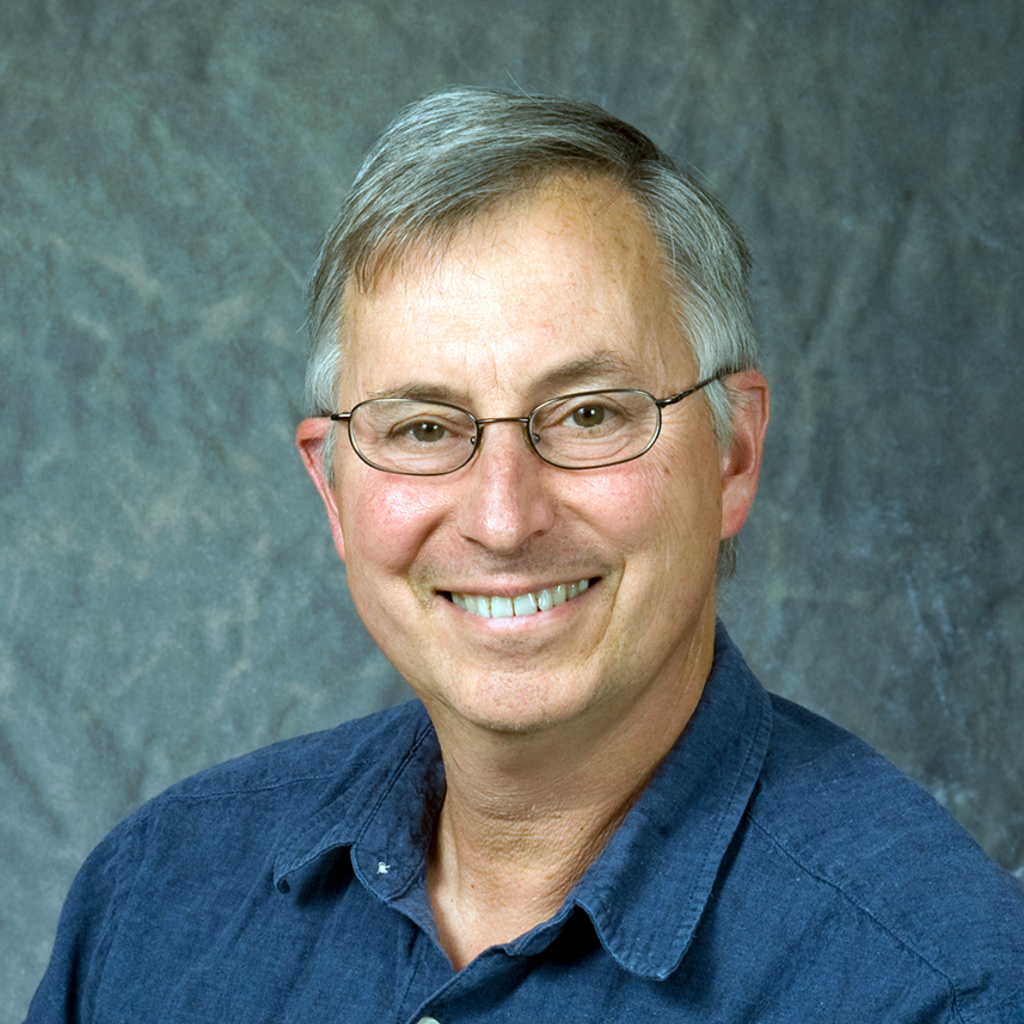
Wayne N. Polyzou, PhD
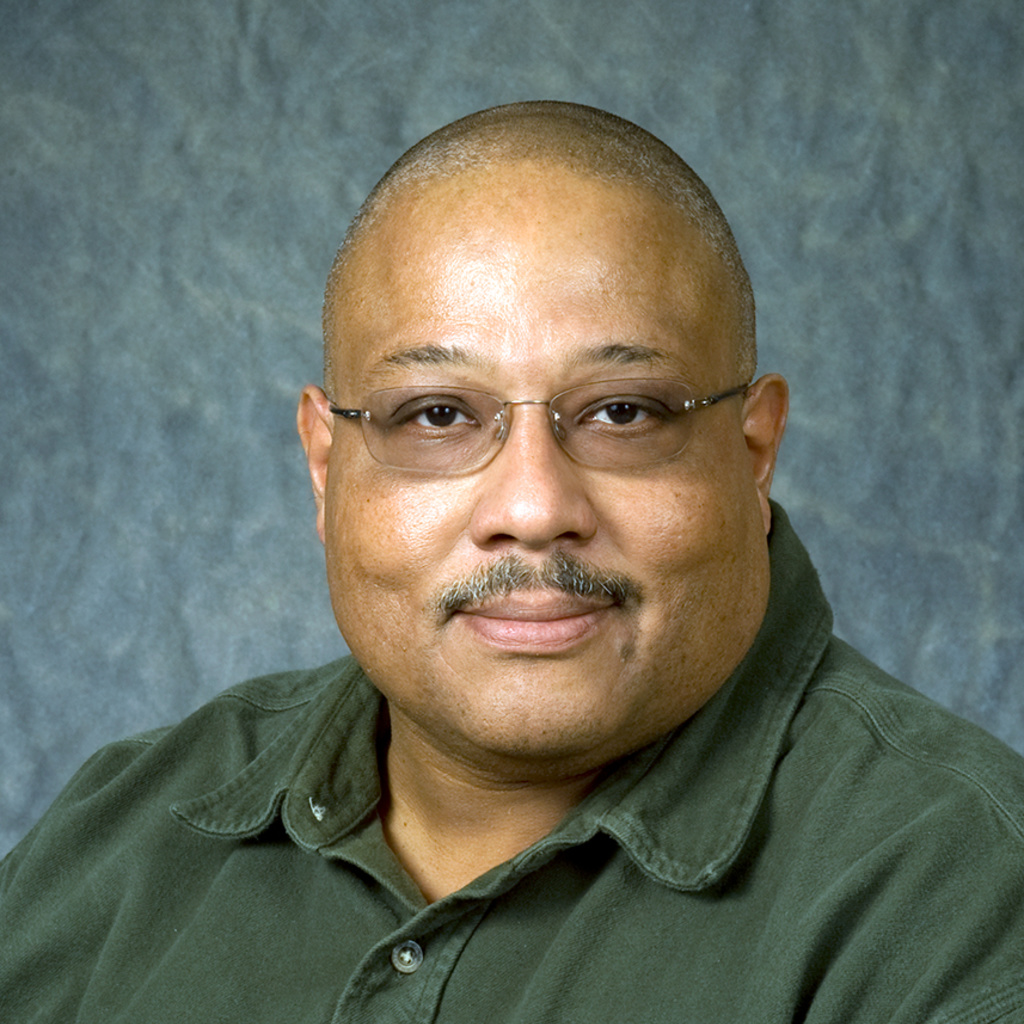
Vincent G.J. Rodgers, PhD
